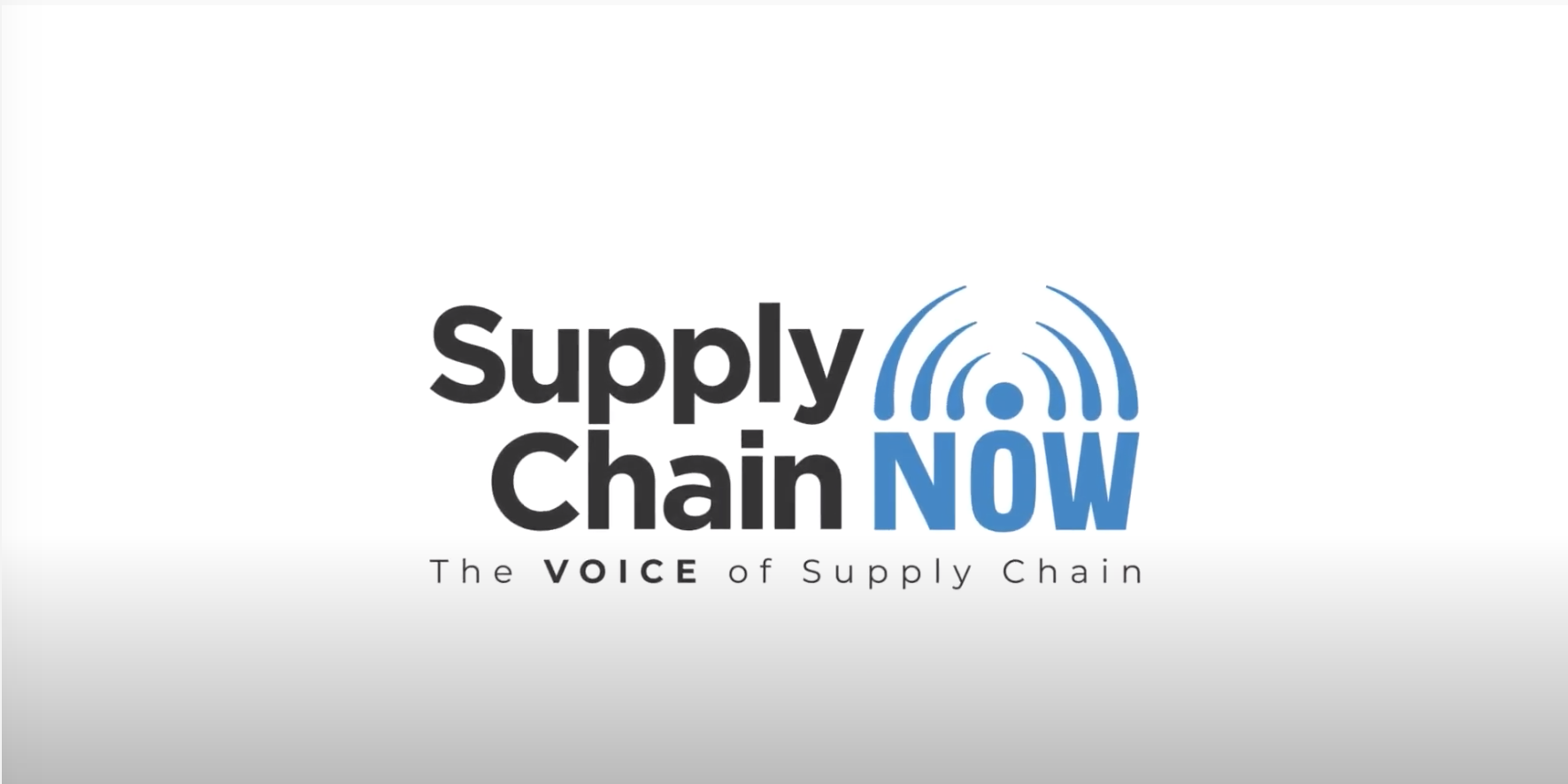Ferrero bridges the planning-execution gap
Ferrero's VP of Supply Chain USA shares how they gained supply chain visibility resulting in a 7X ROI from reducing spoils.
ViewWe get it. You’re busy. Not everyone has an hour to sit through an entire webinar, no matter how informative. (In case you do have that desire, you can check out the full replay at the bottom of this article). So we’ve extracted the five most important takeaways related to quip’s omnichannel transformation.

Imran Patel – VP of Business Development and Partnerships @ quip
We sat down recently with the team at Supply Chain Now, and Imran Patel, VP of Business Development and Partnerships at quip for an hour long discussion unpacking his lessons learned on the way to retail success. The full webinar was packed with wisdom, best practices and takeaways relevant to digital-first and traditional brands alike.
quip has become known as the Apple of dental care. By selling online and cutting out the middleman, they quickly grew market share through real-time data on sales, subscriptions, site engagement and SKU trends. But like many DTC brands, they found it became too expensive to acquire new customers online, pushing them to launch their products in brick-and-mortar retail. They risked losing the direct connection to consumers and the supply chain visibility they had relied on to dominate in DTC — but succeeded because of a data-driven approach powered by Alloy.ai, that allowed them to push into thousands of retail stores like Target and Walmart.
Here’s a snapshot of what we learned:
“It’s perhaps obvious to think about now,” Imran Patel says, “but for most of commerce history, people didn’t know who their customers were. They were either selling through third party channels, or even if they were selling directly, they didn’t have the digital tools that we have now to foster and grow those relationships.”
Building those direct relationships are central to the way quip operates. But quip quickly found that customer acquisition costs (CAC) were too high to sustain the level of growth they needed. With CAC rising over time, how does quip find more customers in the most efficient way possible?
“We can’t always just continue to spend and spend and spend on customer acquisition through digital channels,” Patel says. “Then traditional retail becomes, for many, something to start thinking about.”
DTC brands tend to be marketing-driven. It’s in their DNA. That is because “ecommerce” is not an “if you build it they will come” kind of channel. Brands who begin as digital disruptors rely on paid search and paid social (Facebook, Instagram, etc) to pull customers to their website. The “direct” in “direct-to-consumer” implies a direct connection, and that connection is based on a very granular understanding of the customer.
But retail is a different game entirely — one in which brands have less control, but marketing plays just as important a role. Marketing in retail is about pushing people into those channels. Whereas, in the digital world, quip was used to working with a scalpel, now they need a much bigger instrument to create awareness at a national level.
“An end cap at a place like Target in normal times in Q4 has some 30 or 40 million people who will walk by it across their network of stores, either a week or a month. There are very few assets that we traffic in digital channels that are going to have that kind of reach for a high intent customer. So it’s been a transition to start to see those things as part of our marketing mix.”
“We turn a dial on the direct channel, spend a dollar, we get customers, we make $5. Retail is not like that and certainly not the marketing channels that we use to drive that. If we run a podcast ad, we start to see the impact in our wholesale partners at Walmart and at Target, they work through the inventory they have. Then we start to think,: ‘Hey, when are they going to need to order more?’ And then we’re generating more revenue.”
With data from one retail partner, it may be possible to manually pull and manipulate in Excel or a traditional BI tool. But Patel quickly realized that “with a dozen partners who deliver data in a dozen different ways, without having a unified view of that data, we’d spend all of our time just trying to figure out what’s on the scoreboard,”
Because quip’s owned channels are so critical, Patel’s team needed a way to homogenize messy retailer data that arrives to them in different formats, and to find actionable insights in the data.
“We’ve got our vendor portals where we’re pulling retail data. We’ve got our D2C website where we’re pulling all manner of behavior. That’s all coming into Alloy.ai. Alloy.ai is really the center of gravity then for the different tools that sit around it. Homogenizing, pulling the insights out, surfacing those to us in actionable ways — all of that is brought together through Alloy.ai.
Even though quip is hugely successful in both ecommerce and retail, they are still a lean company — only 200 employees. At the time they first launched into retail, they were only 40 to 50 people.
“When you’re going fast,” Patel says, “it’s easy to fall into this idea of if it ain’t broken, don’t fix it. But the reality is that without tools like Alloy.ai … without the other things that we have in place to help us understand what’s going on with our business, we won’t be able to keep going fast.
“We’d have to slow down to spend the manual time, do the legwork of just trying to get the information, much less spending time analyzing it and strategizing around it.
“I think as we talked about a startup that wants to move fast and break things, if you’re just thinking, ‘if it ain’t broke, don’t fix it,’ then you’re not going to be able to keep going fast and continuing to break things.”
Ferrero's VP of Supply Chain USA shares how they gained supply chain visibility resulting in a 7X ROI from reducing spoils.
ViewThe global confectioner mitigates waste, improves service levels and controls costs by connecting digital supply chain visibility with POS analytics.
Keep readingInventory Intelligence completes your digital supply chain transformation with a real-time control tower to bridge the gap between planning and execution.
Keep reading


